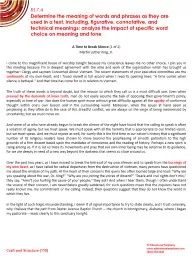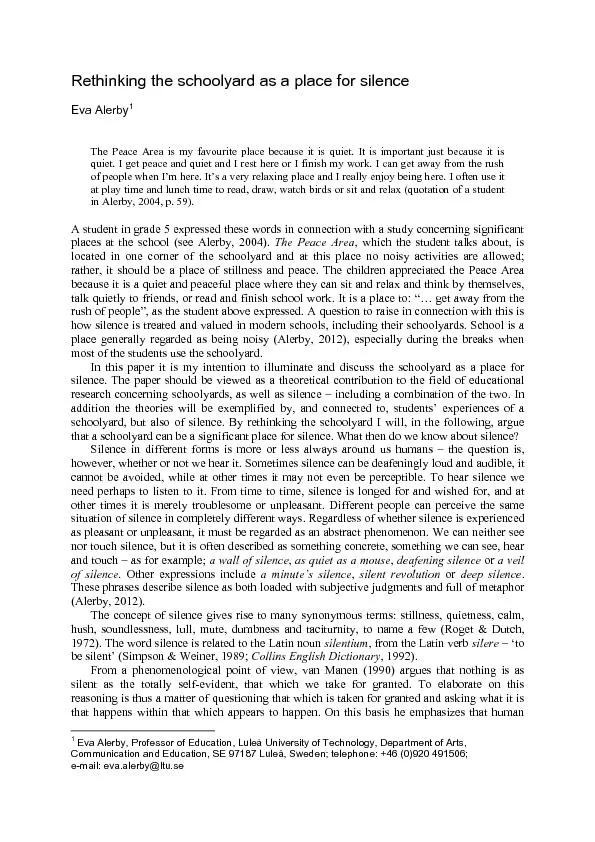PPT-O wl Master of Silence By: Bn
Author : marina-yarberry | Published Date : 2018-09-19
Owls scientific name is strigiformes Owls are raptors which is a bird that eats prey Owls are part of the bird family Are one of the best hunters in the bird family
Presentation Embed Code
Download Presentation
Download Presentation The PPT/PDF document "O wl Master of Silence By: Bn" is the property of its rightful owner. Permission is granted to download and print the materials on this website for personal, non-commercial use only, and to display it on your personal computer provided you do not modify the materials and that you retain all copyright notices contained in the materials. By downloading content from our website, you accept the terms of this agreement.
O wl Master of Silence By: Bn: Transcript
Download Rules Of Document
"O wl Master of Silence By: Bn"The content belongs to its owner. You may download and print it for personal use, without modification, and keep all copyright notices. By downloading, you agree to these terms.
Related Documents














